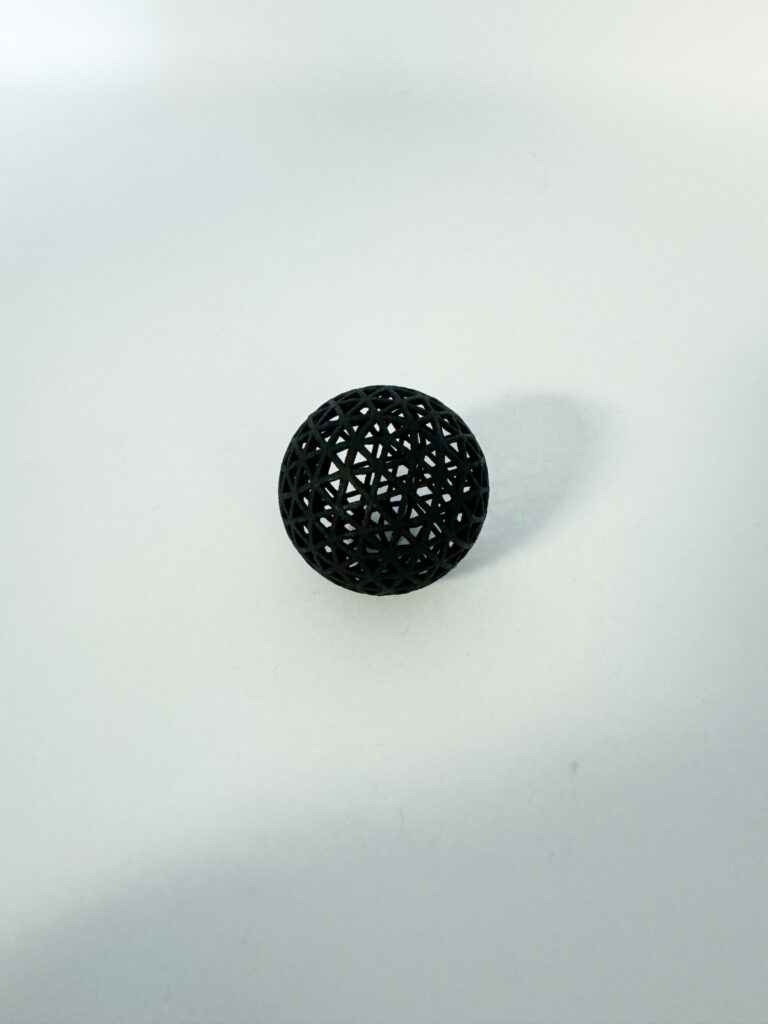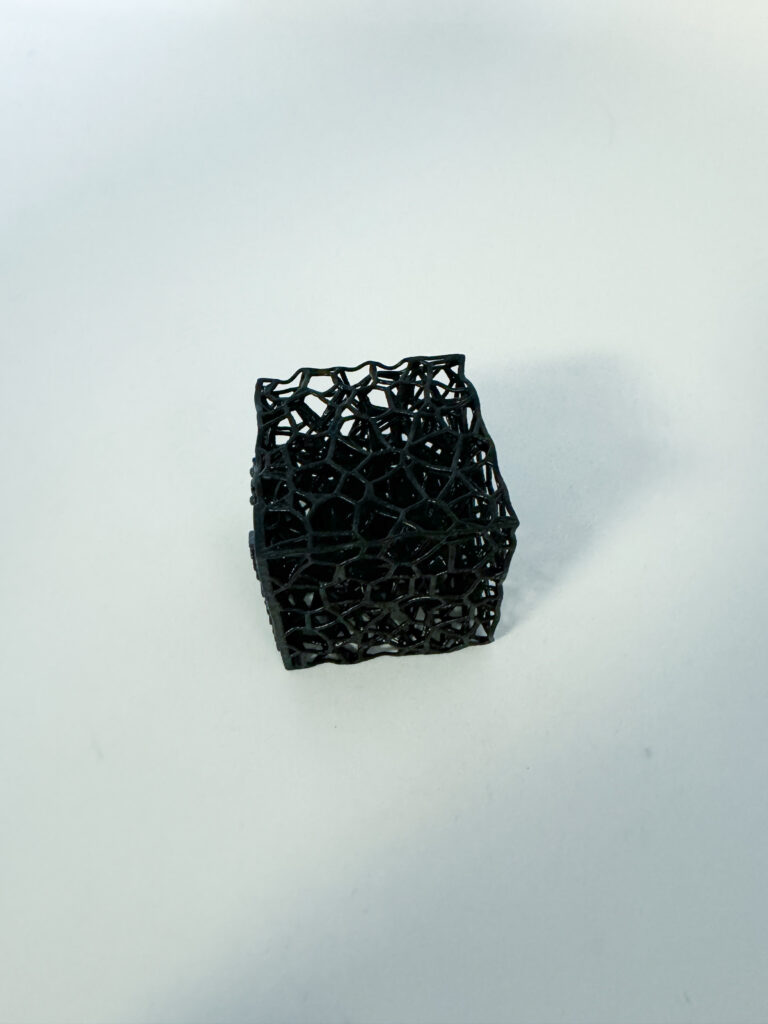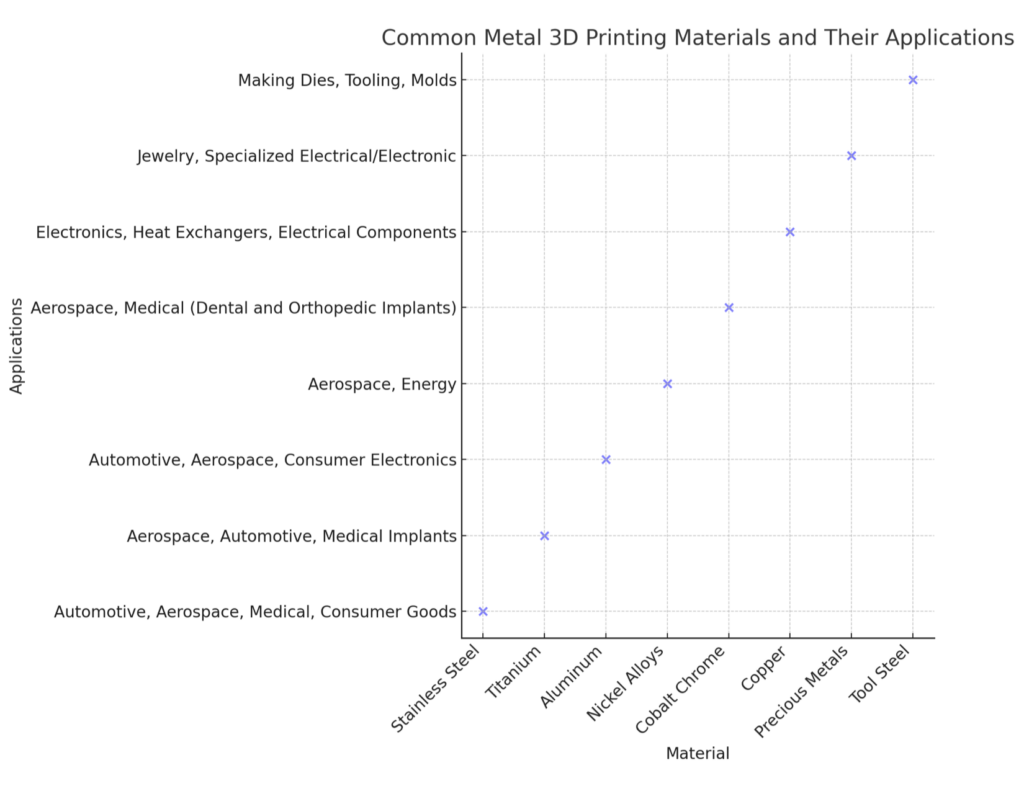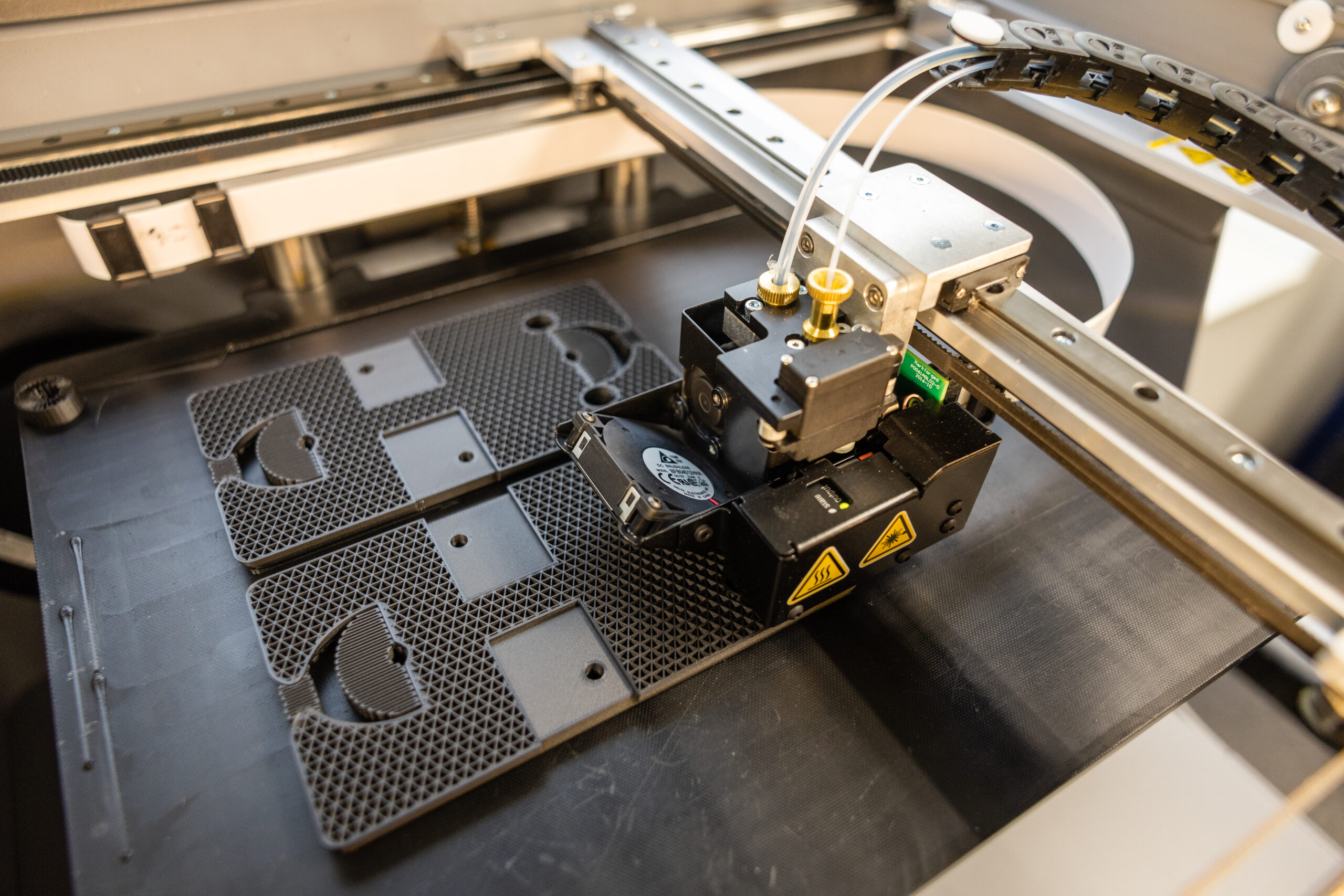One of the most transformative applications is the ability to replace traditional metal parts with 3D-printed alternatives.
This shift not only opens new avenues for design but also brings with it a host of benefits for companies looking to enhance efficiency, reduce costs, and optimize their production processes.
Benefits of Using 3D Printing for Metal Part Replacement
- Design Freedom
Traditional manufacturing methods often come with limitations in design due to the constraints of machining and tooling. 3D printing liberates designers from these restrictions, allowing for intricate and complex geometries that were previously impossible to achieve.
This freedom enables the optimization of parts for better performance and functionality.
- Reduced Material Waste
Conventional manufacturing processes typically involve subtractive methods, such as machining, which generate significant material waste.
In contrast, 3D printing is an additive process, building up layers to create the final product. This reduces material waste, making it a more sustainable and cost-effective solution.
- Customization and Prototyping
3D printing excels in producing small batches and prototypes with minimal setup costs. This is particularly advantageous for companies requiring customized or low-volume metal parts.
The ability to quickly iterate designs and produce prototypes accelerates the product development cycle, saving both time and resources.
- Weight Reduction and Optimization
By employing advanced design techniques like lattice structures, 3D printing allows for creation of lightweight yet strong components.


This can lead to substantial weight reduction in overall assemblies, particularly relevant in industries such as aerospace and automotive, where every ounce matters.
- Cost Savings
While the initial investment in 3D printing technology may seem significant, the long-term cost savings can outweigh these concerns.
Reduced material waste, lower tooling costs for complex designs, and the ability to consolidate multiple components into a single printed piece contribute to overall cost efficiency.
Things to Consider When Deciding to Use 3D Printing
1. Material Selection
Choose the appropriate metal alloy for the intended application. Different 3D printing technologies support various materials, each with its own set of properties.
Consider factors such as strength, thermal conductivity, and corrosion resistance to ensure the printed part meets the required specifications.
Metal 3D printing, also known as metal additive manufacturing, uses various metal materials to create complex and precise components. The choice of material often depends on the specific application, including factors like mechanical properties, thermal resistance, and biocompatibility.
Here are some common metal materials used in 3D printing:
Stainless Steel: Known for its excellent strength, corrosion resistance, and thermal properties, stainless steel is widely used in industries such as automotive, aerospace, medical, and consumer goods. It’s suitable for functional prototypes and end-use parts.
Titanium: Particularly titanium alloys like Ti6Al4V are favored for their high strength-to-weight ratio, excellent corrosion resistance, and biocompatibility. These properties make titanium ideal for aerospace, automotive, and medical applications, including implants.
Aluminum: Lightweight and with good mechanical properties, aluminum alloys (such as AlSi10Mg) are used in automotive, aerospace, and consumer electronics for parts that benefit from light weight and durability.
Nickel Alloys: Alloys such as Inconel 625 and 718 are known for their superb heat resistance and strength at high temperatures, making them suitable for aerospace and energy sector applications, especially in harsh environments.
Cobalt Chrome: This material is known for its high strength and wear resistance at high temperatures, as well as its biocompatibility. It’s used in aerospace for turbine blades and in the medical industry for dental and orthopedic implants.
Copper and Copper Alloys: Known for excellent thermal and electrical conductivity, copper is challenging to print but highly sought after for applications in electronics, heat exchangers, and electrical components.
Precious Metals: Gold, silver, and platinum are used in jewelry and in some specialized electrical and electronic applications, taking advantage of 3D printing for complex designs and customization.
Tool Steel: Used for making dies, tooling, and molds, tool steels such as A2, D2, and H13 can be 3D printed to produce tools with complex geometries that are difficult to achieve with traditional manufacturing.
Each of these materials requires specific 3D printing processes like Direct Metal Laser Sintering (DMLS), Selective Laser Melting (SLM), Electron Beam Melting (EBM), or Binder Jetting, tailored to the material properties and intended application of the printed parts. The development of new materials and processes is ongoing, broadening the applications and capabilities of metal 3D printing.

2. Post-Processing Requirements
Depending on the printing technology used, parts may require additional treatments such as heat treatment, machining, or surface finishing to meet specific quality standards.
Post-processing of metal 3D printed parts is crucial to improve their mechanical properties, surface finish, and dimensional accuracy, making them suitable for their intended applications.
Here are some common post-processing steps for metal 3D printed parts:
Support Removal: Metal 3D printed parts often have support structures that need to be removed after printing. This can be done through manual cutting, wire EDM (Electrical Discharge Machining), or other mechanical processes.
Surface Finishing: To improve surface quality and remove any roughness, parts may undergo processes like sandblasting, tumbling, polishing, or chemical smoothing. Surface finishing not only improves the aesthetic but can also enhance the fatigue resistance of the part.
Heat Treatment: Heat treatments such as stress relief, annealing, or solution treating and aging can be applied to improve the mechanical properties of the printed parts, such as strength, hardness, and ductility. These processes can also relieve internal stresses introduced during the printing process.
Machining: Additional machining may be required to achieve tighter tolerances or to finish features that could not be accurately printed. CNC machining, drilling, or milling are commonly used.
Hot Isostatic Pressing (HIP): HIP is a process that applies high pressure and temperature to a part to improve its density and eliminate internal voids or porosities, significantly enhancing mechanical properties and material integrity.
Shot Peening: This process involves bombarding the surface of a part with small spheres (shot) to create a compressive residual stress layer, which can improve fatigue life and resistance to stress-corrosion cracking.
Coating or Plating: Applying coatings or plating can enhance corrosion resistance, wear resistance, or electrical conductivity. Common coatings include PVD (Physical Vapor Deposition), CVD (Chemical Vapor Deposition), and electroplating.
Inspection and Quality Control: After post-processing, parts typically undergo rigorous inspection and quality control checks, including dimensional accuracy measurements, material property testing, and surface finish examination, to ensure they meet the required specifications.
Dye Penetrant Inspection (DPI) or Radiography: For critical applications, especially in the aerospace and medical industries, parts may undergo non-destructive testing methods like DPI or radiography to detect surface and sub-surface defects.
Each of these post-processing steps can be critical depending on the material, the printing process used, and the intended use of the part, requiring careful planning and execution to achieve the desired outcome.
3. Regulatory Compliance
Ensure that 3D-printed metal parts comply with industry regulations and standards. Work closely with regulatory bodies to validate the material properties and structural integrity of the printed components, especially in safety-critical applications.
Understand Applicable Standards and Regulations: Begin by thoroughly understanding the specific standards and regulations applicable to your industry and application, whether it’s aerospace, automotive, medical, or another sector. This includes international, national, and industry-specific standards.
Material Selection and Validation: Use materials that are approved for the specific application and validate their properties through testing. This may involve mechanical testing (tensile, fatigue, impact resistance), chemical composition analysis, and microstructure examination to ensure they meet the required standards.
Process Control and Monitoring: Implement strict process control and monitoring during the printing process. This includes parameters like laser power, scanning speed, powder layer thickness, and atmospheric control. Use in-process monitoring technologies to detect defects or anomalies in real time.
Post-Processing Validation: Since post-processing steps can significantly affect the properties of the final part, validate these processes as well. This includes procedures for heat treatment, surface finishing, and any machining or other post-process treatments applied to the parts.
Certification of Equipment and Personnel: Ensure that the 3D printing equipment is properly maintained and certified, and that personnel operating the machines and conducting post-processing or inspections are trained and certified according to industry standards.
Quality Assurance and Documentation: Establish a comprehensive quality assurance program that includes inspection and testing at various stages of the manufacturing process. Maintain detailed documentation of all processes, materials, and quality control measures. This documentation is crucial for regulatory submissions and audits.
Collaboration with Regulatory Bodies: Engage with regulatory bodies early in the development process to understand their requirements and expectations. For safety-critical components, it may be necessary to undergo pre-market approval processes, which could include providing detailed data on material properties, manufacturing processes, and quality control measures.
Third-Party Testing and Certification: Consider using third-party testing and certification services to verify compliance with specific standards. Independent verification can add credibility to your compliance claims and may be required by some regulatory bodies.
Prototyping and Testing for Validation: Before full-scale production, produce prototypes and subject them to the same rigorous testing and inspection as the final parts. This includes mechanical testing, life-cycle testing, and, if applicable, clinical trials for medical devices.
Continuous Improvement and Monitoring: Finally, implement a system for continuous improvement and monitoring, including feedback loops for defect tracking and process optimization. Stay updated with changes in regulations and standards to ensure ongoing compliance.
By meticulously following these steps and working closely with regulatory bodies, companies can ensure that their 3D-printed metal parts comply with all relevant industry regulations and standards, thereby safeguarding the reliability and safety of the components in their intended applications.
4. Scalability
Consider the scalability of 3D printing for your production needs. While it excels in small-batch production, evaluating its feasibility for large-scale manufacturing is crucial.
Assess production speed, machine capacity, and the overall efficiency of the 3D printing process.
The integration of 3D printing for metal part replacement heralds a new era in manufacturing, offering unparalleled design freedom, cost savings, and sustainability.
As technology continues to advance, companies that are embracing 3D printing stand to gain a competitive edge in their respective industries.
By carefully considering material selection, post-processing requirements, regulatory compliance, and scalability, businesses can harness the full potential of 3D printing to revolutionize their production processes.
